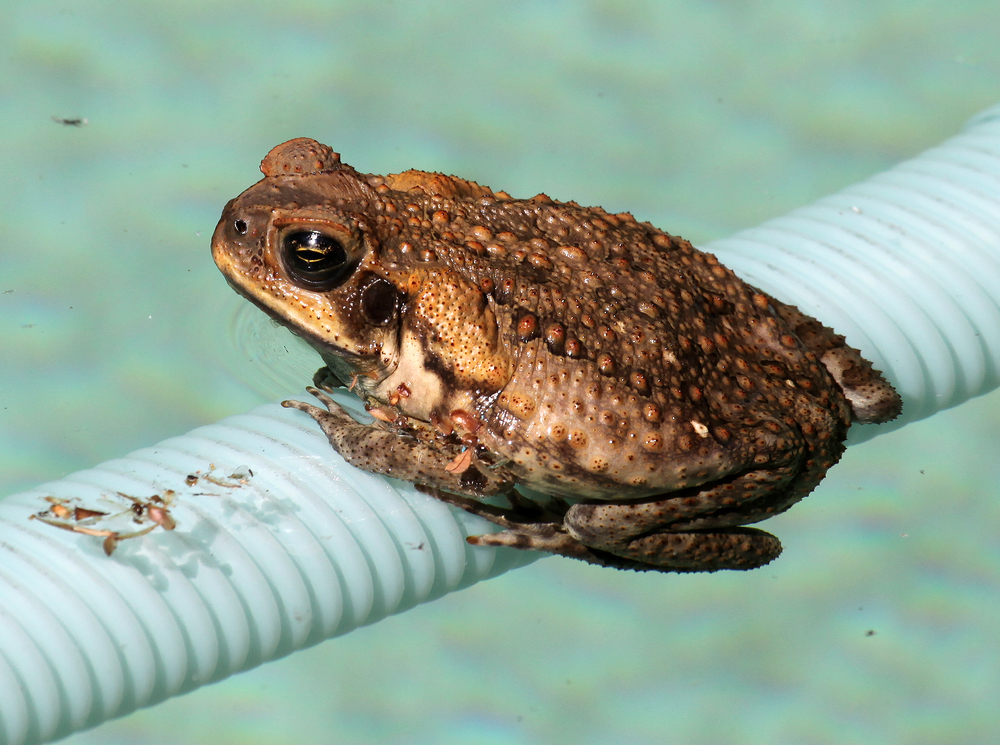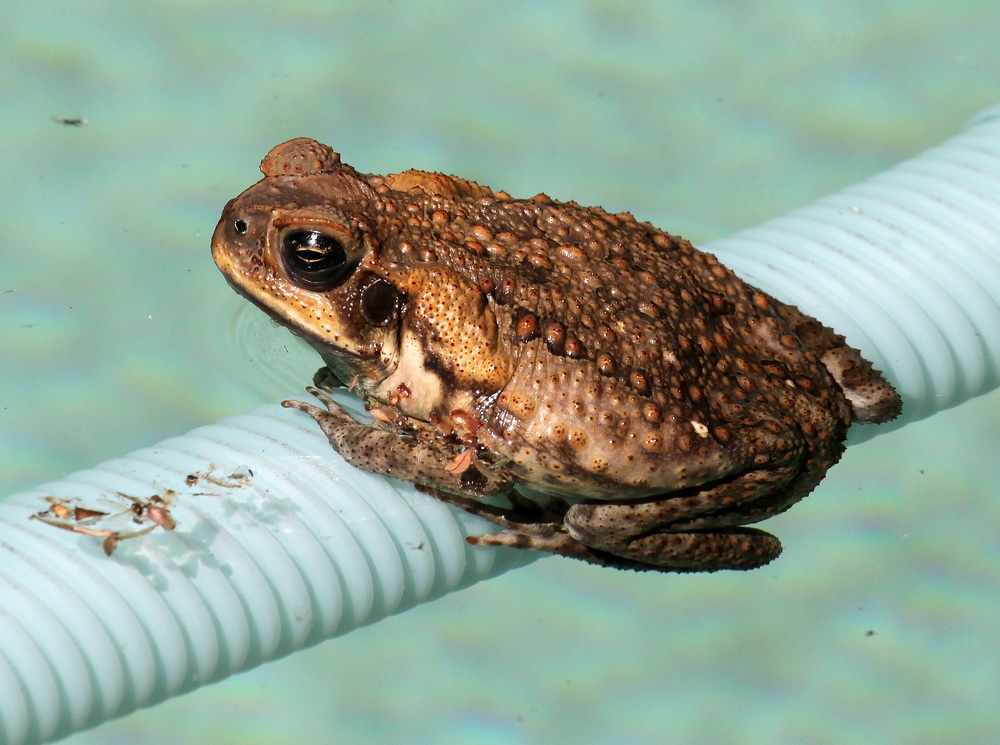Cane toads were introduced to Australia in 1935 to combat cane beetles but have since become invasive in many parts of Australia.
In an effort to slow the spread of the invasive cane toad (Rhinella marina), the state of Queensland, Australia has proposed to establish a biosecurity zone in all New South Wales government areas with the exception of those areas in which the cane toads have already been found.

Jacqui Martin/Shutterstock
Cane toads were introduced to Australia in 1935 to combat cane beetles but have since become invasive in many parts of Australia.
“These non-native animal species have the potential to seriously impact on our environment and can introduce exotic diseases, which could impact on our economy, environment and way of life,” Department of Primary Industries Deputy Director General Biosecurity and Food Safety, Bruce Christie told the Bellingen Courier.
“We want to ensure that reporting of high-risk exotic animals is made as early as possible so biosecurity risks of new pest animal incursions from intentional trafficking, stowaways, or other means, can be managed efficiently and effectively.”
Australian Scientists Field Trial Cane Toad Bait To Save Native Quolls
Any cane toads found within the biosecurity zone would be destroyed under the proposal, and there will be a prohibition on moving, keeping or releasing the invasive species.
Cane toads were introduced to control another species, but the outcome has been disastrous. The amphibian came to northern Queensland via South America in 1935 in an effort to control the cane beetle. The species is now widespread throughout northeast NSW and are nearing the border in north west NSW. The poisonous toads have been linked to the decline of several native species, including quolls, certain snake species and goannas.
The discussion paper, "The management of cane toads in NSW" is available on the Department of Primary Industries website.



